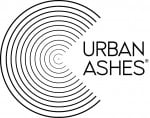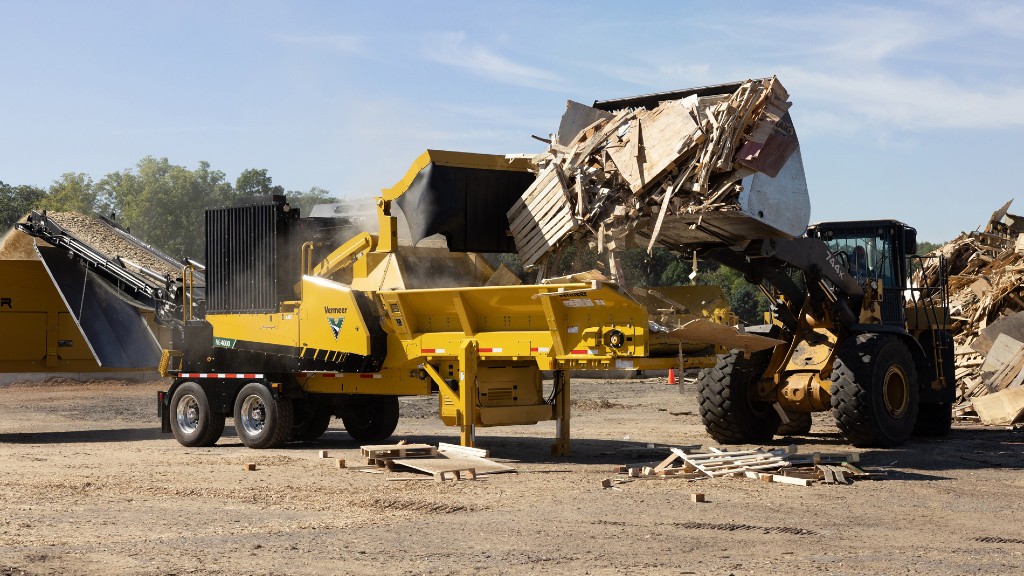(VIDEO) New wood recycling program aims to promote urban lumber industry in Michigan
Urban Ashes and the City of Ann Arbor have launched Circular UrbanWood Triconomy to maximize the potential of fallen or removed urban wood

Urban Ashes is an organization that builds public-private partnerships with communities nationwide, offering sustainable solutions that transform their fallen trees—typically slated for chipping, firewood, or landfills — into high-quality local urban wood products with local economic, environmental, and social benefits.
Urban Ashes has now partnered with the City of Ann Arbor, Michigan, to launch their first Circular UrbanWood Triconomy (CUT Model), an innovative municipal wood recycling program. This collaboration is designed to prioritize local economies, reduce municipal costs and landfill waste, increase carbon sequestration, develop local wood resources, and create career and business opportunities for justice-impacted youth and formerly incarcerated individuals.
Utilizing removed urban trees for people, planet, and profit
The CUT Model is a pioneering framework based on the triple bottom line — people, planet, and profit — that promotes environmental sustainability, social equity, and economic diversity by maximizing the potential of urban wood. Urban wood includes trees removed not for their wood value but due to age, disease, or storm damage, existing across urban, suburban, and rural areas.
According to Urban Ashes, each year, the U.S. misses the opportunity to recover an estimated 46 million metric tons of urban trees. This lost wood resource could instead produce over seven billion board feet of quality urban lumber, says the company. That equals the volume of about 16 Empire State Buildings.
Lost carbon sequestration
This also results in lost carbon sequestration of an estimated 5.6 million tons of carbon and releases around 20.55 million tons of carbon dioxide emissions. Capturing just 40 percent of this capacity could be equivalent to planting approximately 136 million trees and growing them for ten years in terms of carbon and carbon dioxide emission impact. The CUT Model offers an alternative by converting these trees into quality urban wood and durable wood products, sustaining carbon sequestration and increasing their value.
For comparison, the world's largest direct air capture plant, Stratos, currently under construction in Texas with a $1 billion-plus investment, is projected to remove only 550,000 tons of carbon dioxide per year — under seven percent of the urban wood industry's potential at only 40 percent.
Ann Arbor is expected to sequester between an estimated 20 and 40 metric tons of carbon through this initiative, preventing the release of 73 to 147 metric tons of carbon dioxide emissions. This reduction equates to the impact of planting and growing about 1,213 to 2,425 saplings over a decade, more than doubling the effect of Ann Arbor's annual planting of 1,000 saplings.



